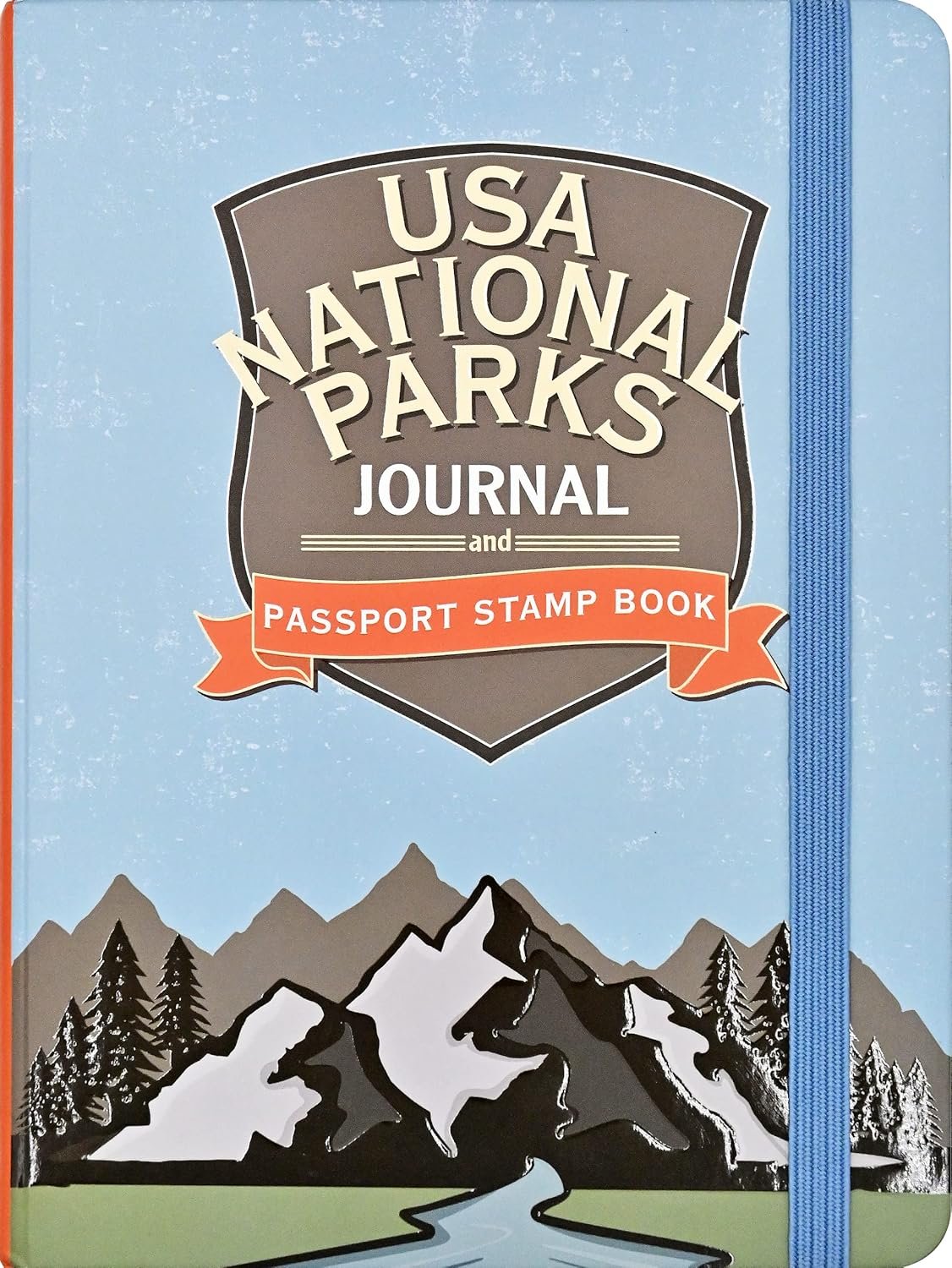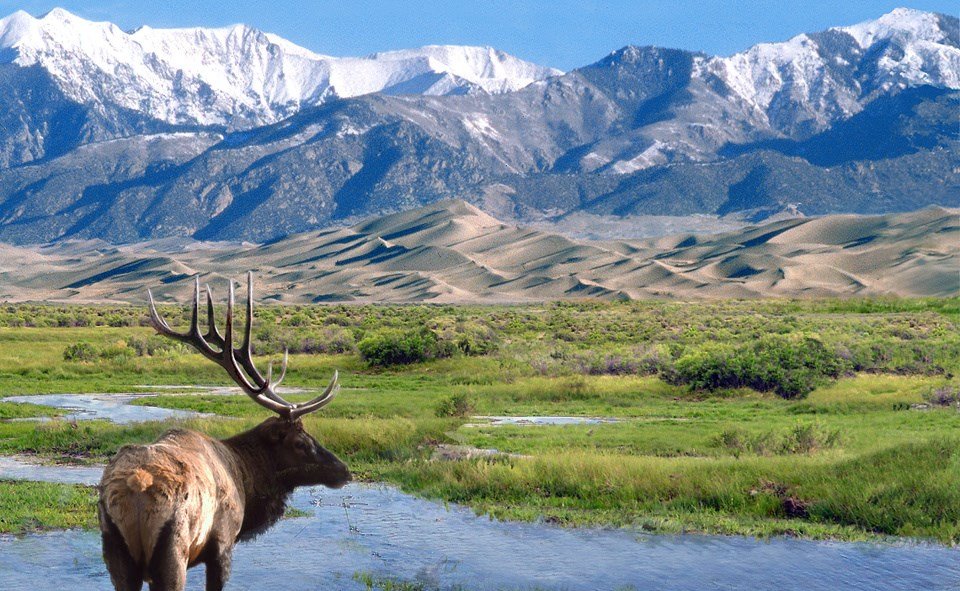Discover the Best Pass for Your Next Year of Outdoor Exploring
Here’s What You Need to Know
The United States is blessed with some of the most breathtaking natural landscapes on Earth — from rugged mountain peaks and ancient forests to red rock deserts and peaceful seashores. These incredible places are protected within a vast network of national parks and other federally managed recreational lands.
Whether you’re planning a fall camping trip under a canopy of colorful leaves, want to take your dog on a new trail, or are curious to join a ranger talk you never knew existed, America’s parks offer so many ways to reconnect with nature and make lifelong memories. If you love exploring new places, you’ll probably add more than a few of these national treasures to your bucket list!

But here’s the thing: While many federal recreation sites are free, some do charge entrance or day-use fees to support conservation and maintenance. A single visit usually won’t break the bank — but if you’re planning multiple trips in a year, those fees can quickly add up. That’s where the U.S. Parks Pass can come in handy.
So, what exactly is the U.S. Parks Pass? And do you really need it? Let’s break it down, plus take a look at the different types of passes you might not even know about.
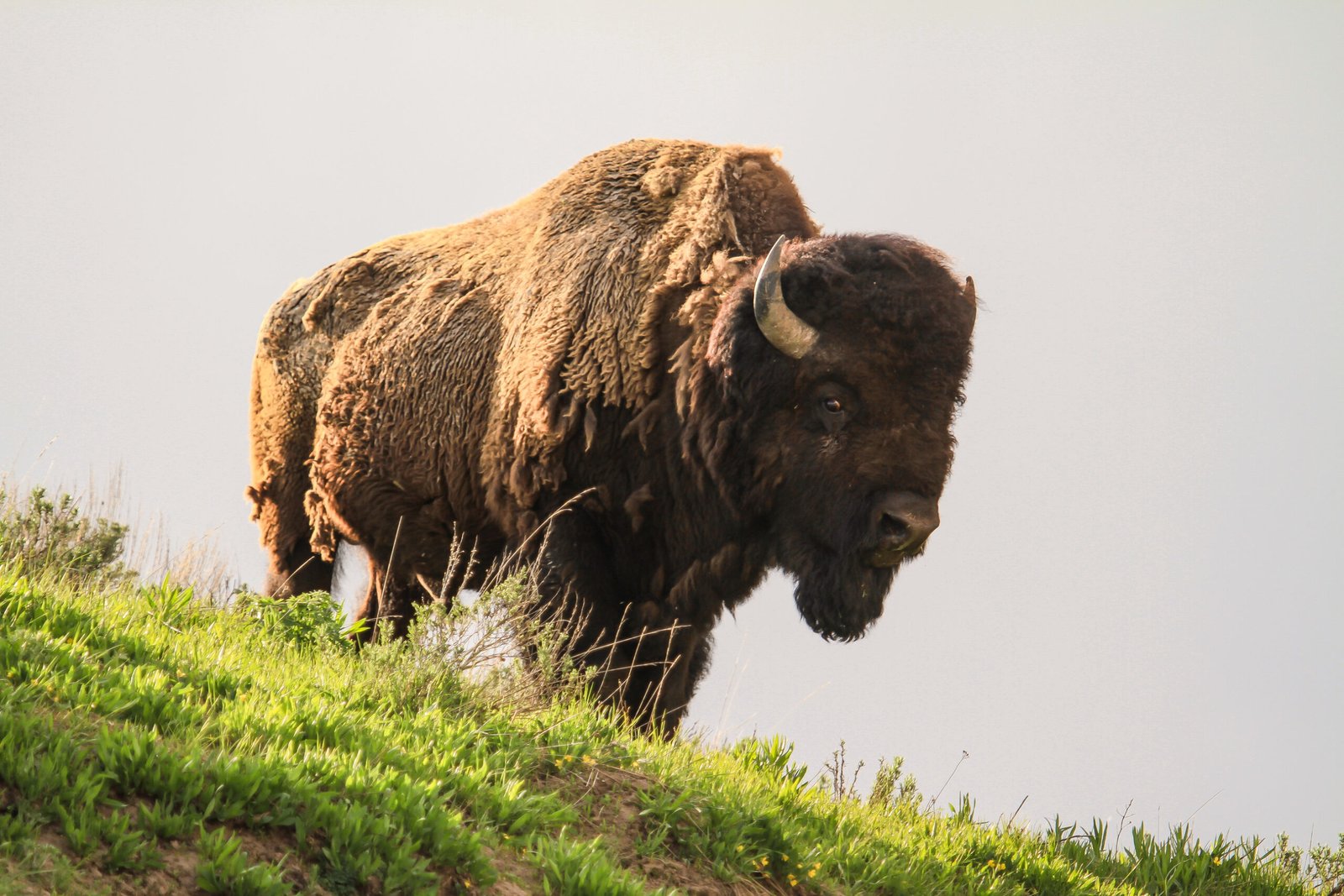
What Is the U.S. Parks Pass?
The America the Beautiful — The National Parks and Federal Recreational Lands Pass, commonly just called the U.S. Parks Pass, is an annual pass that provides access to over 2,000 federal recreation sites across the United States. For one flat fee of $80, you and your passengers can enjoy unlimited entry to most of the country’s national parks, national forests, national wildlife refuges, and other federal lands managed by agencies like the National Park Service (NPS), the U.S. Forest Service (USFS), and the Bureau of Land Management (BLM).
Your pass fee directly supports the sites you visit, helping protect them for future generations. Pro-tip: Always purchase your pass directly through the National Park Service’s website or an official park site to avoid unnecessary third-party fees. Here’s the official link: Purchase your pass.
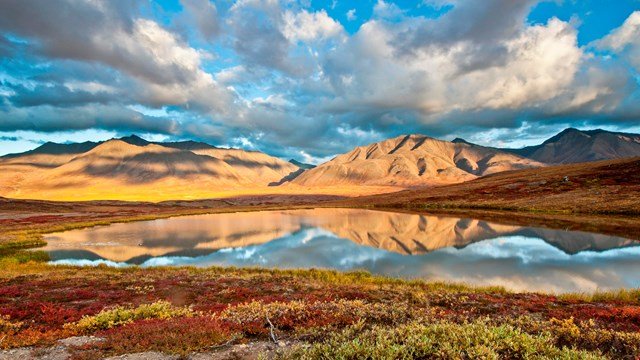
How Does the Pass Work?
Per Vehicle: Many national parks (like Yellowstone or Yosemite) charge per vehicle. In this case, your pass covers everyone in your car, RV, campervan, or rental — as long as the pass owner is present.
Per Person: Some places, like certain historic sites or recreation areas, charge per person. Your pass will cover the pass holder plus up to three other adults (16 and older). Kids 15 and under? They always get in free!
Pass Validity: Your pass is valid for one year from the month of purchase — not just the calendar year. So, if you buy your pass on September 10, 2025, it’s good until September 30, 2026. That flexibility helps you make the most of it year-round.
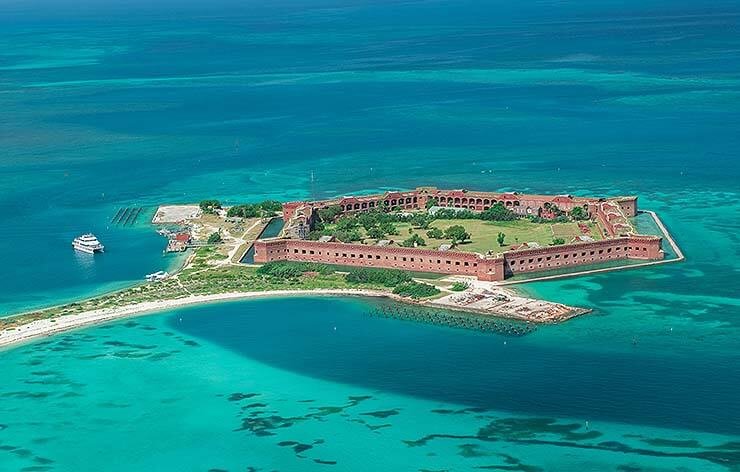
Is the U.S. Parks Pass Worth It?
It depends! Take a few minutes to do the math:
Make a list of parks you plan to visit.
Check entrance fees on the NPS website.
Many parks charge $20–$35 per vehicle, per day.
Add up the total cost for the year.
If your total exceeds $80, the annual pass can save you money after just two or three trips. For families or avid road trippers, it’s often a no-brainer.
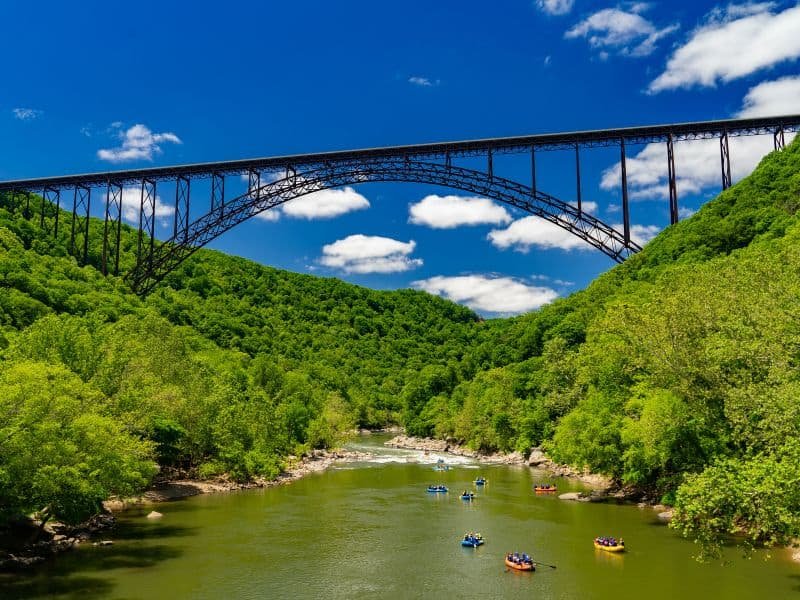
Different U.S. Parks Passes You Should Know About
Did you know there are multiple types of U.S. Parks Passes? Here’s a quick look at your options:
Annual Pass ($80)
-
The standard America the Beautiful Annual Pass covers everyone in a vehicle or up to four adults where per-person fees apply.

Senior Pass (Ages 62+)
If you’re 62 or older, you can get a Lifetime Senior Pass for $80 or an Annual Senior Pass for just $20 per year. Bonus: Senior Pass holders also get 50% off some amenities like camping, boat launches, and guided tours at certain sites. I went with the Lifetime Senior Pass, and I plan to get my money out of it!
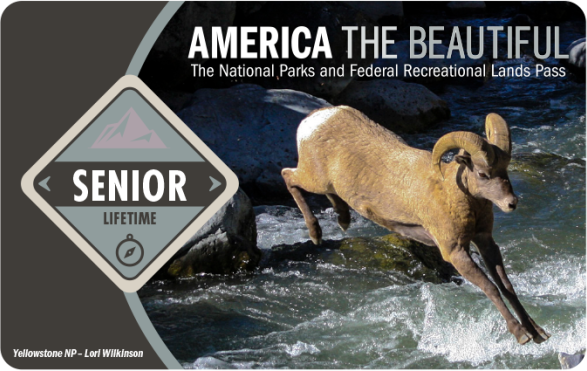
Access Pass
-
U.S. citizens or permanent residents with a permanent disability can receive a Lifetime Access Pass for free (there may be a small processing fee if you apply online). It offers the same perks as the Senior Pass, including discounts on certain activities.
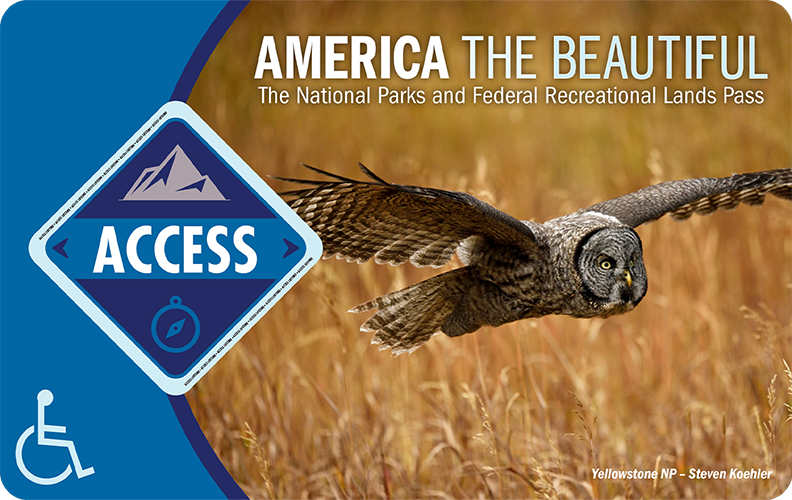
4th Grade Pass (Every Kid Outdoors)
Families with a 4th grader? Take advantage of the Every Kid Outdoors Pass, which gives free annual access for all kids in the 4th grade (and their families) to federal recreation sites.
🇺🇸 Military Pass
Active-duty military, Reserve members, National Guard members, and their dependents can get a free annual Military Pass. Veterans and Gold Star Families are now eligible for free lifetime access too!

Other Things to Remember
-
The pass only covers federal recreation lands, not state parks — so double-check your destination!
-
It does not cover extras like camping fees, special tours, or parking at non-federal sites.
-
International travelers can buy the pass too and have it shipped to their home before their trip!
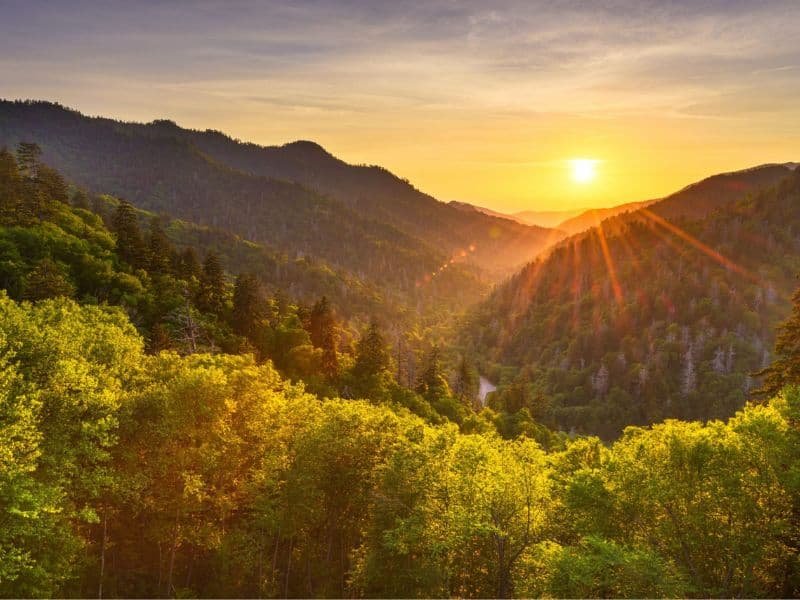
Tips for Planning Your Visit to Any National Park
Having a U.S. Parks Pass is just the first step — smart planning helps you make the most of every trip! Here are some quick tips to get the best experience at any national park:
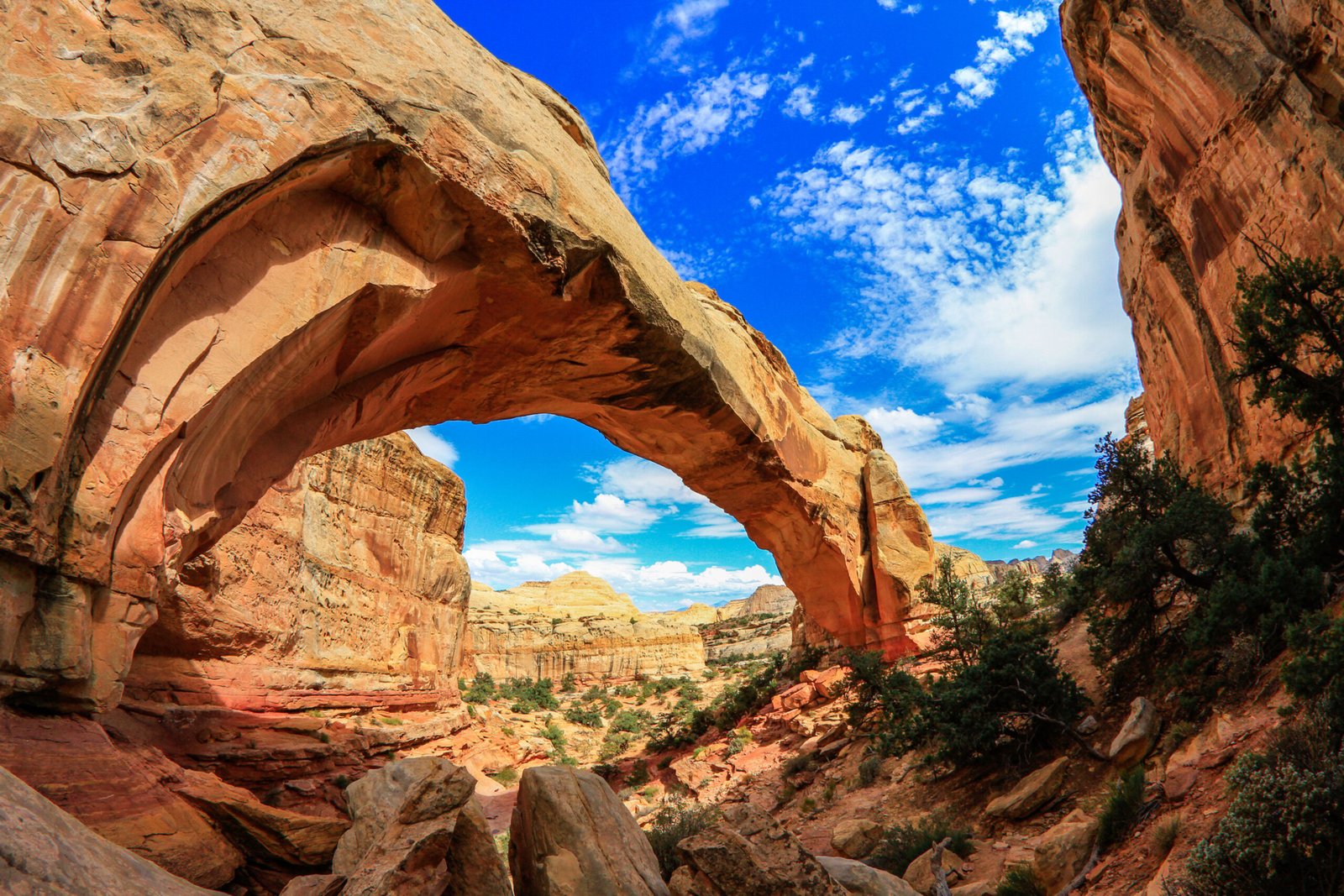
Check the Official Park Website First
Always visit the park’s official National Park Service (NPS) webpage for up-to-date info on fees, seasonal closures, trail conditions, and road access. This can save you a lot of hassle, especially during peak seasons. National Parks Service
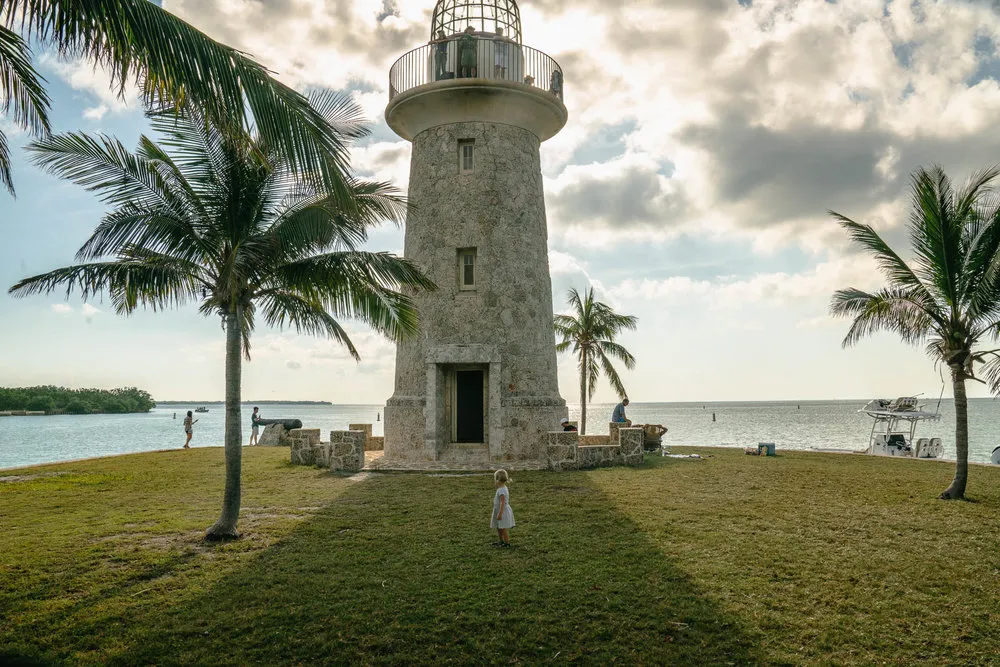
Reserve Campsites & Permits Early
Popular parks like Yosemite, Zion, or Glacier often book up months in advance for camping or special permits. Plan ahead, especially if you want a prime campsite or backcountry permit.
Download Offline Maps
Many parks have spotty or no cell service. Download trail maps and directions ahead of time with apps like AllTrails or Google Maps offline areas.
Arrive Early (or Late!)
Beat the crowds by arriving early in the morning or later in the afternoon. Sunrise and sunset are not only quieter times — they’re also when you’ll catch the best light for photos!
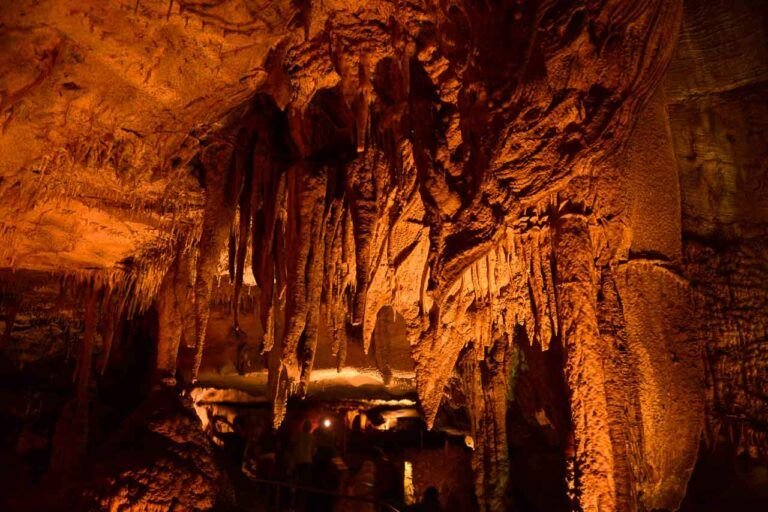
Leave No Trace
Always follow Leave No Trace principles: pack out what you pack in, stay on designated trails, and respect wildlife. It helps keep these wild places beautiful for everyone.
Join a Ranger Program
Don’t skip the free ranger-led talks, walks, or night sky programs. They’re a great way to learn about the park’s unique history, geology, and wildlife from an expert.
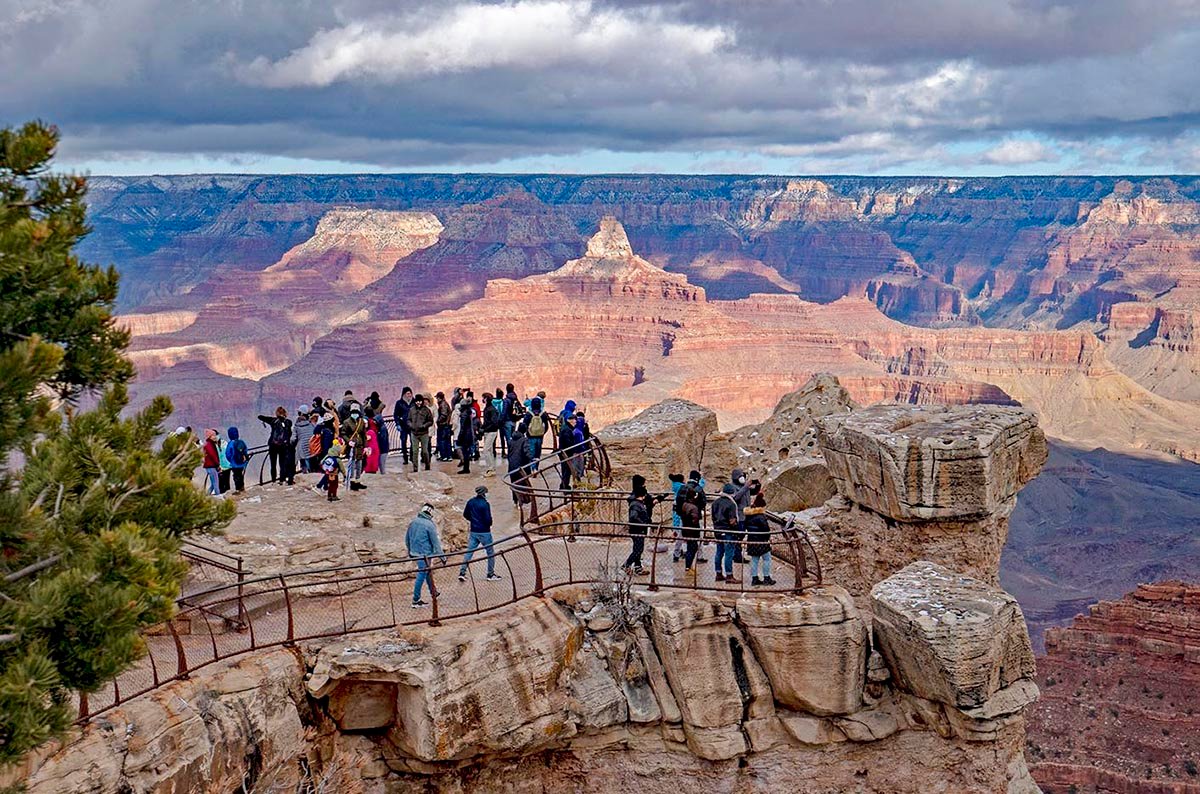
Be Flexible
Weather, crowds, or trail closures can change your plans. Have a backup hike or scenic drive in mind so you don’t miss out on a beautiful day outdoors.
Pack for Safety & Comfort
Weather, crowds, or trail closures can change your plans. Have a backup hike or scenic drive in mind so you don’t miss out on a beautiful day outdoors.
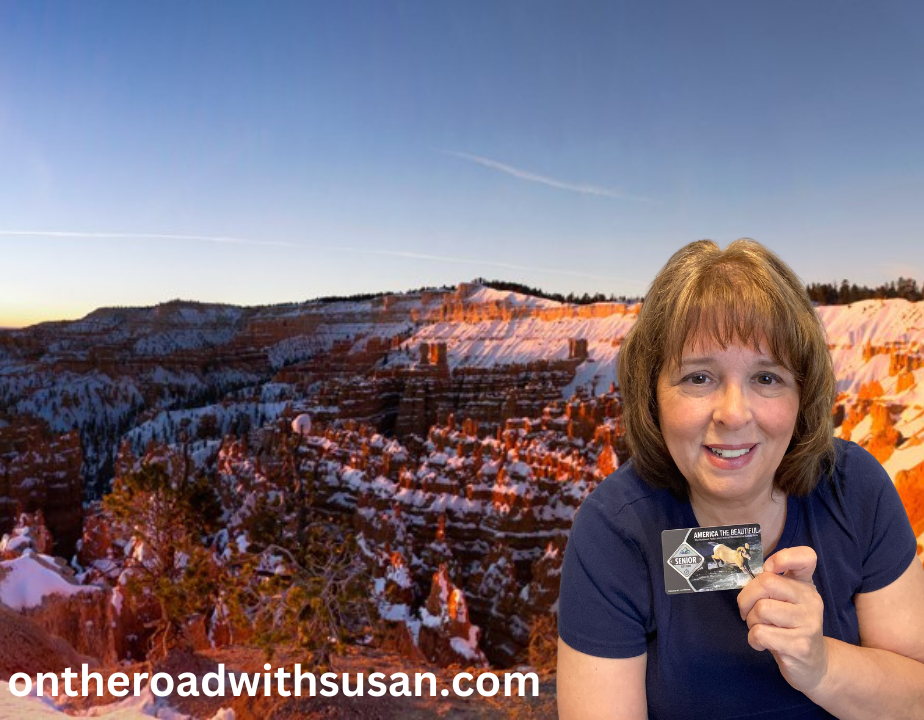
Until Next Time, See Ya on the Road !
Susan
Bonus Tip !
If you’re like me and love keeping track of your adventures, don’t forget to check out the USA National Parks Journal & Passport Stamp Book! It includes all 63 national parks — the perfect way to collect memories, jot down your favorite moments, and stamp each park you visit. It’s such a fun keepsake to look back on as you cross more parks off your bucket list!
It’s a must-have for any national park lover! You can grab yours here 👉 Passport Stamp Book
My Final Thoughts
If you’re planning multiple adventures to America’s national parks, forests, and recreation areas within a year — or you want to encourage yourself to explore new places — the U.S. Parks Pass is often well worth it. It pays for itself quickly and makes spontaneous road trips and long weekends more affordable.
Plus, you’ll have the satisfaction of knowing you’re helping protect some of the most stunning natural places in the world for generations to come. So, grab your pass, pack your hiking boots, and start checking those parks off your list!
